I have very fond and vivid memories of sifting through travel guides in the mid-2000’s after my first backpacking trip across Europe. I had fallen horrendously ill with the infectious travel virus (for which, gladly, there is no vaccine) and I couldn’t keep myself from dreaming about all of the places I’d love to visit.
On world maps, Mongolia always caught my eye as the landlocked, sparsely populated country sandwiched between China and Russia. The stunning visuals of Mongolia in the Canadian travel documentary series Departures served as further motivation to one day check it out myself.
In summer 2018, my wife Ashley and I spent 9 days in Mongolia as part of our honeymoon. We found ourselves in the area after spending a few blissful days on the majestic Olkhon Island on Lake Baikal after three weeks in Russia.
We arrived in Ulaanbaatar early in the morning after a 23-hour train ride from Irkutsk. I had spent the better part of the morning sipping on tea and letting out little cheers of joy every time I spotted a ger (what most of us refer to as a “yurt”) off in the distance.
Our original intention was to rent a car and explore the country by ourselves, but we opted to hire a driver and a guide for our time in Mongolia.
After reading about the sparsity of paved roads and admitting that we were completely hopeless when it comes to dealing with mechanical problems, we decided that $1,300 was a very reasonable price to pay for eight days and seven nights in and around the Gobi Desert.
Our goal was to find a Mongolian-owned tour operator that fit within our budget for the trip. After looking around online, we decided to create a profile on Indy Guide, a website that connects travellers with tour operators predominantly located in Central Asia.
We connected with Mongolian Vision Tours and spent some time chatting with Davka, the general manager. We discussed the dates of the trip and the price, left a 10% deposit, and coordinated the details for our pickup a few months in advance.
After arriving in Ulaanbaatar, we made a brief stop at a guesthouse to shower up, enjoy a hot breakfast, and load up our SUV. Shortly after leaving the city limits, we bid farewell to the comfort of paved roads as our soft-spoken driver veered off of the highway and onto an unmarked dirt road.
To be honest, aside from spending time in the Gobi Desert, we were fairly oblivious as to where we were going or what we were going to do over the next week. Rather, each day our guide would let us know what we were going to do that day and we would oblige. Having others in charge of our destiny was a very welcome change after meticulously crafting a two-and-a-half month adventure across Europe and Asia.
Our first stop was to stay with a nomadic family near an interesting rock formation somewhere a few hours southwest of Ulaanbaatar.
The family had a few gers set up, and we were offered the one that they usually sleep in. Come to think of it, we didn’t have to do any suite-talking to get this upgrade. 😉
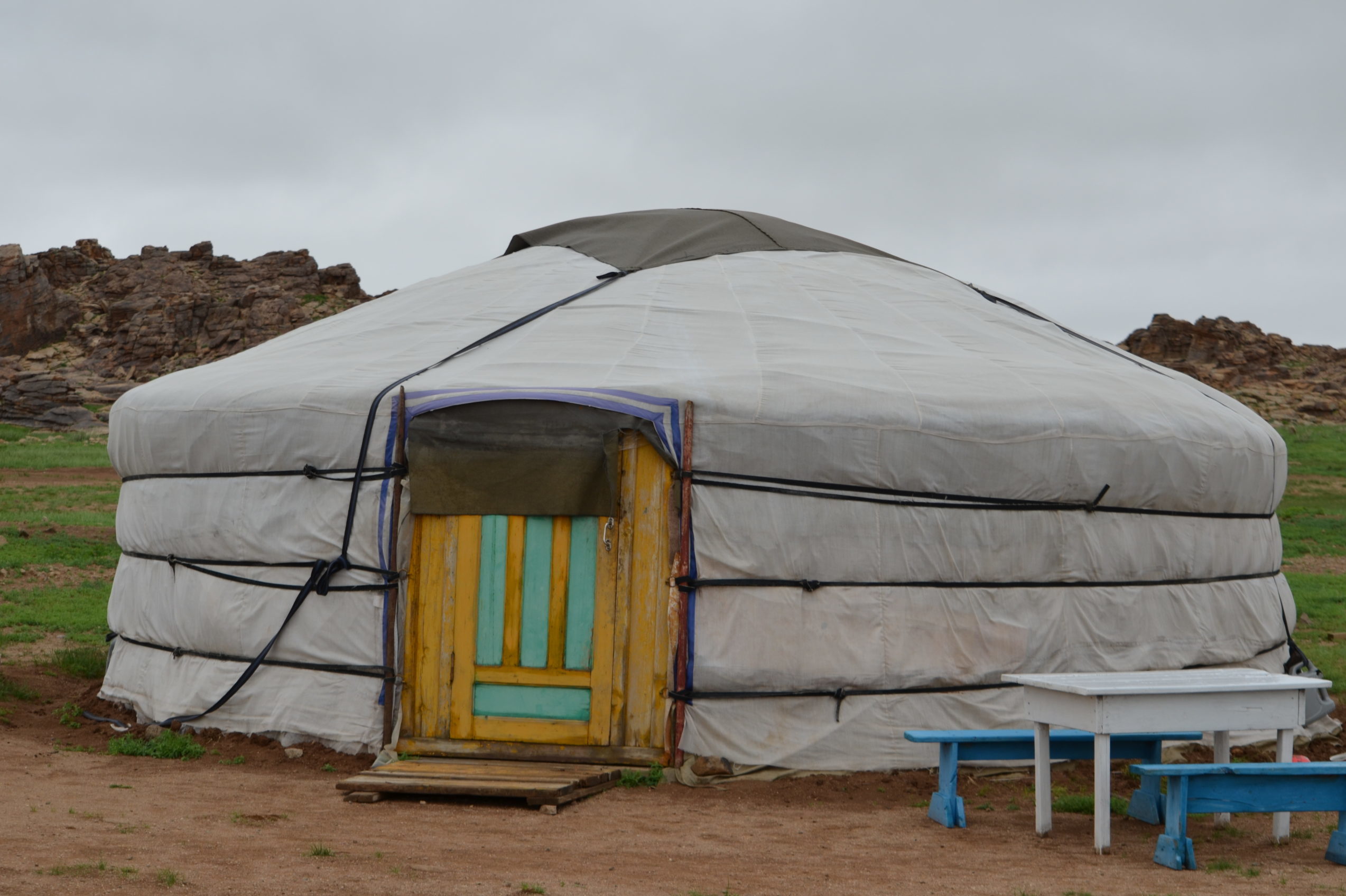
As the sun set on the day, we sat on the floor of a smoky cooking ger to enjoy dinner with the family.
As we learned about their life as a nomadic family, we slurped up bowls full of a homemade soup that consisted of handmade noodles and meat that had been dried over smouldering cow dung. This was by far the most exotic type of ramen in the least likely of places that I have ever consumed, and one that I remember quite fondly to this day.
Prior to setting off for our next destination, we spent the morning watching the family’s herd of goats graze and gather in the mist that surrounded their settlement. Their children impressed us by rounding up the goats and leading them to different areas nearby.
As became the norm for each of the following days, we packed up the SUV and spent a few hours staring off into the distance as our driver navigated a series of unmarked dirt roads. Ashley and I watched out of the windows as the desert landscape was occasionally interrupted by a herd of camels, goats, or horses.
We stopped for a late lunch and an afternoon hike at Tsagan Suvarga (White Stupa). We spent a few hours exploring the colourful formations and chatting with a few other travellers whom we would wind up running into over the next few days.
At our tourist camp, there were a number of camel calves who made the most awful noises as they called out for their mothers who were far away grazing. We thought that we’d have to endure this throughout the night (gers aren’t particularly sound-proof), but the mothers soon returned and we were treated to a delightful reunion (and no more camel wailing).
En route to the Yolin Am (Valley of the Vultures) for a scenic hike the next day, we passed by one Russian UAZ “breadloaf” van that was the most stuck vehicle I’d ever seen and a series of other UAZ vans that were blazing another trail to get by. I’m not quite sure how, but the stuck van was unstuck on our drive back from the hike.
I was not expecting to see such a rugged gorge in the middle of the Gobi Desert. We hiked through the canyon and spent some time gazing at vultures before turning back due to a stream flowing over the path.
On our drive back to our tourist ger camp, our driver noticed that something wasn’t quite right with the rear-right wheel. We drove painfully slowly out of the valley until he spotted a ger that may have a welder and whatever else could be used to remedy the issue.
We hopped in the bed of a farmer’s pickup truck and were dropped off at our site for the evening. Our driver and the man who fixed the SUV joined us a little while later, and he was treated to a deluxe dinner of camel meat and a 4-litre plastic jug of questionable Russian beer for his efforts.
We were both impressed at how the man’s repair held up for the rest of our trip on some sketchy roads, and grateful for not having to deal with these types of situations ourselves.
I spent some time observing the camels again before we headed for Khongoryn Els (The Singing Sands) the next morning. The tourist camp had ice cream, cold beer, and running water, and we were very happy to have a hot shower after a few days of activity.
These massive sand dunes are around 100km long, up to 12km wide, and up to 80m high. Local entrepreneurs offered toboggans for rent for those who wanted a fast ride down.
We opted to hike up to watch the sunset. Our legs were burning after hiking up what seemed like a sand version of Mount Everest, but it was well worth the effort.
It felt like we were stuck in an hourglass where time stood still with waves of sand as far as we could see. Our “oohs” and “aahs” were met with mouthfuls of blowing sand as the sun slowly set in the distance.
While the toboggans looked like a blast, we leapt and bounded back down the sand dune to our awaiting driver. We were treated to clear skies and a star show before nodding off to sleep in our tourist ger after a busy day.
Next on our itinerary was a stop at bayanzag (Flaming Cliffs), an area known for its unique colours and many dinosaur fossils. The rich rusty colour of the soil contrasted with the green shrubs in the distance and the bright blue sky above us. We spent a few hours exploring this area, which reminded me of the Badlands in southeastern Alberta.
We were treated to a bowl of fresh camel yogurt when we arrived at our home stay that evening. Our host, who had a newborn, had known our guide for many years. She told us about how she and many other young people move to the city to study and learn English before moving back with their families to assist with tourism development in their regions.
Our guide explained that the trees close to us were part of a saxaul forest. I recall glancing over this on the itinerary when we booked our tour, but I was confused and thought it was some sort of typo. Was it a place where people go for saxaul healing? What, exactly, made this place so saxaul to begin with?
It turns out that there is an ongoing effort to restore saxaul forests in this part of Mongolia. These ancient trees have a unique root system that allows them to survive in dry, desert conditions. I enjoyed a quiet walk by myself through the forest, thinking of witty puns to tell Ashley who was working on a university pre-requisite course back in our ger.
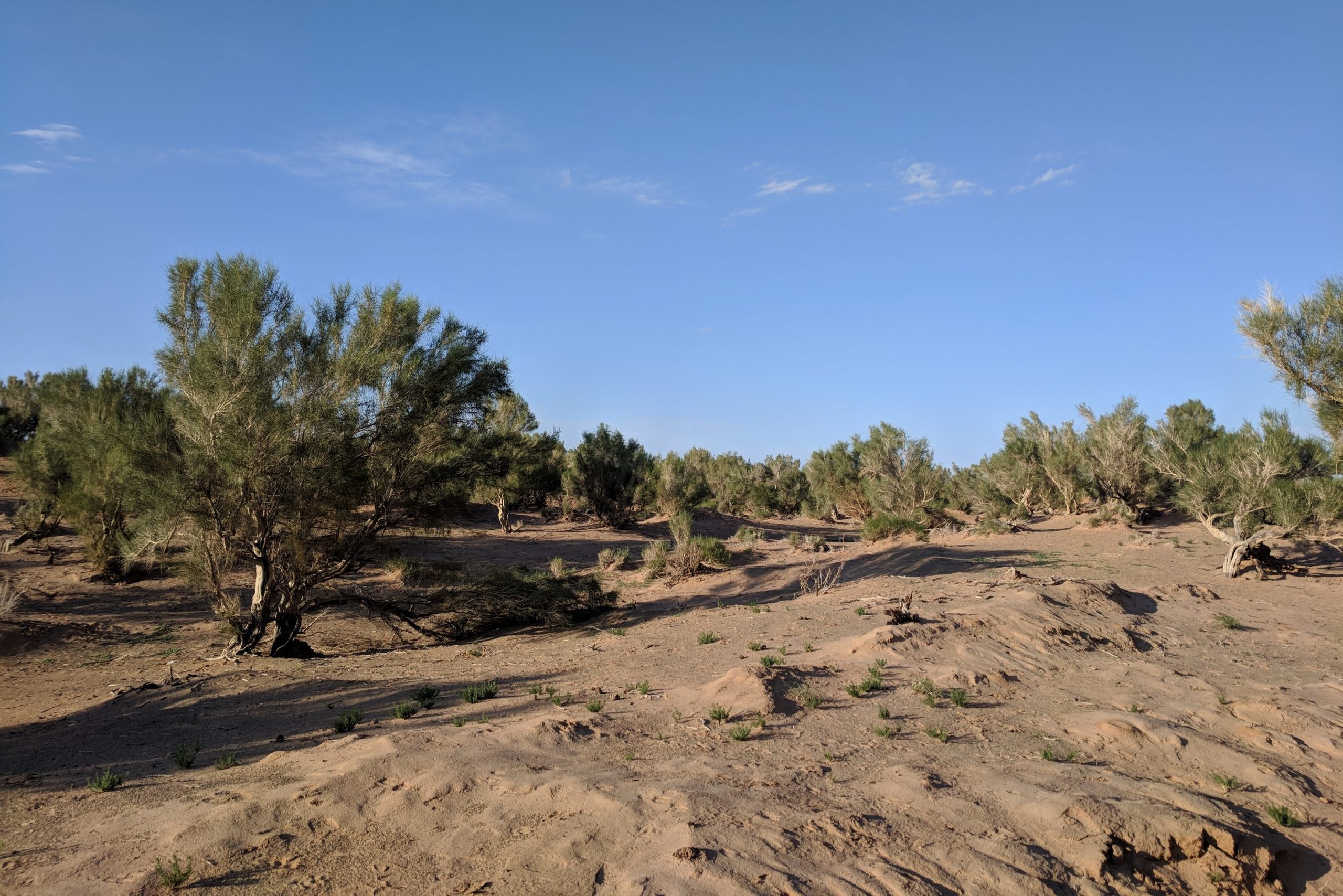
After dinner that evening, we were treated to a thunderstorm that was rolling across the desert close to us.
We sat outside sipping on beer with our driver and guide as lightning lit up the skies and thunder boomed all around us. When it rolled over us, we lay in our beds inside our ger and left the door open to witness the powerful storm.
The next day was our last before heading back to Ulaanbaatar. Our driver explained that we may be stuck for a few days due to the amount of rain and the poor conditions of the roads. He opted for an alternate route to get to our campsite for the night, which was situated near the Bayan-Önjüül mountains.
The drive that day was particularly long and bumpy. It had been a few days since we had showered, and Ashley and I felt pretty wiped. Along the way, though, we were treated to impressive skies every time we stopped for a snack or to use the facilities.
We set up our tents at the base of a mountain, which seemed like a bad idea in the event of a rock slipping away from the slopes. I remember the silence that night being profound. This was our last night before heading back to bustling cities and constant noise for the rest of our trip.
We hiked around the area for a few hours the next morning, appreciating being able to stretch our legs before the drive back to the city. A local on a motorcycle drove past to greet us and we communicated through a series of gestures and smiles before parting ways.
The drive back to Ulaanbataar was quiet as we reflected on our time in the Gobi Desert. While I wasn’t upset when we returned to paved roads, as we approached the city, I found myself missing the long stretches without seeing buildings or life of any kind.
The ambient noise of city life was also striking. Rather than listening to the wind blow across the Gobi, our ears were bombarded with car horns, roaring engines, and the hustle and bustle of city life.
We had a very kind and thoughtful farewell with our driver and guide. We were very appreciative of their expertise in navigating us through and sharing knowledge about their country.
After a hot shower and a round of laundry at our accommodation, Ashley and I had a very low-key day in the city before heading to Chinggis Khaan International Airport for a flight to Beijing and a bit of luxury at the JW Marriott Hotel Beijing Central.
Conclusion
It was fascinating to spend time in Mongolia after so many years of wanting to visit. We went into the country without many expectations and came away with a great appreciation for the vastness and abundance of natural beauty it has to offer.
Travelling in Mongolia was also a great exercise in unplugging and getting away from noisy cities. There was something calming about gazing out at great expanses for hours at a time.
I was also particularly taken by learning about how families pack up their lives and move with the seasons. I admire how resilient and self-reliant they are, and have even pondered what it would be like to spend a year living that way one day.
I have returned to planning future visits to Mongolia. I would love to do some trekking in the Altai mountains or visit the reindeer herds in the north of the country. With a bit of planning, I’d also love to return to the Gobi to do some more camping and stargazing.
Have you ever been to Mongolia? Are you planning a future visit? I’d love to hear about which parts of Mongolia that inspire you in the comments below.


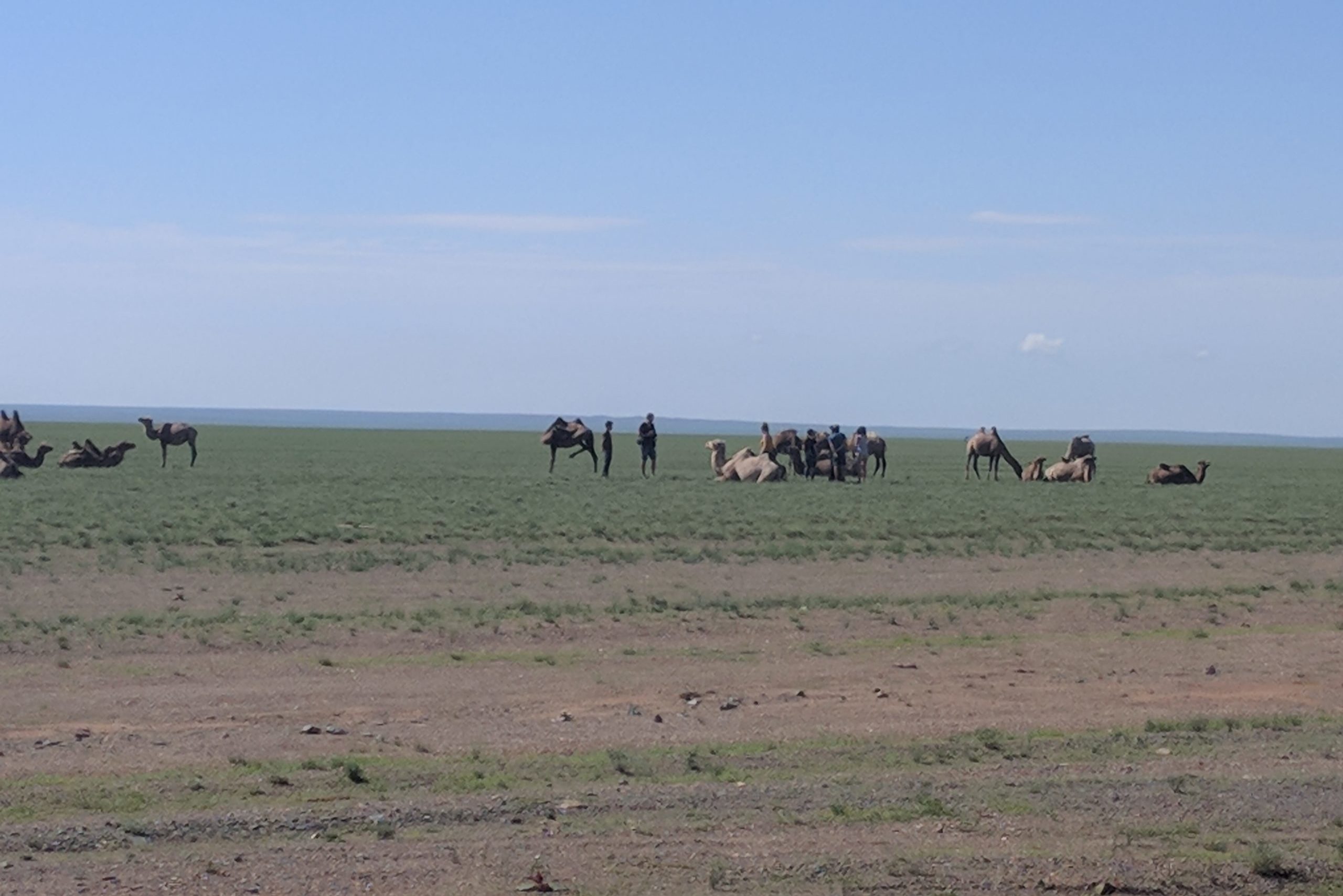
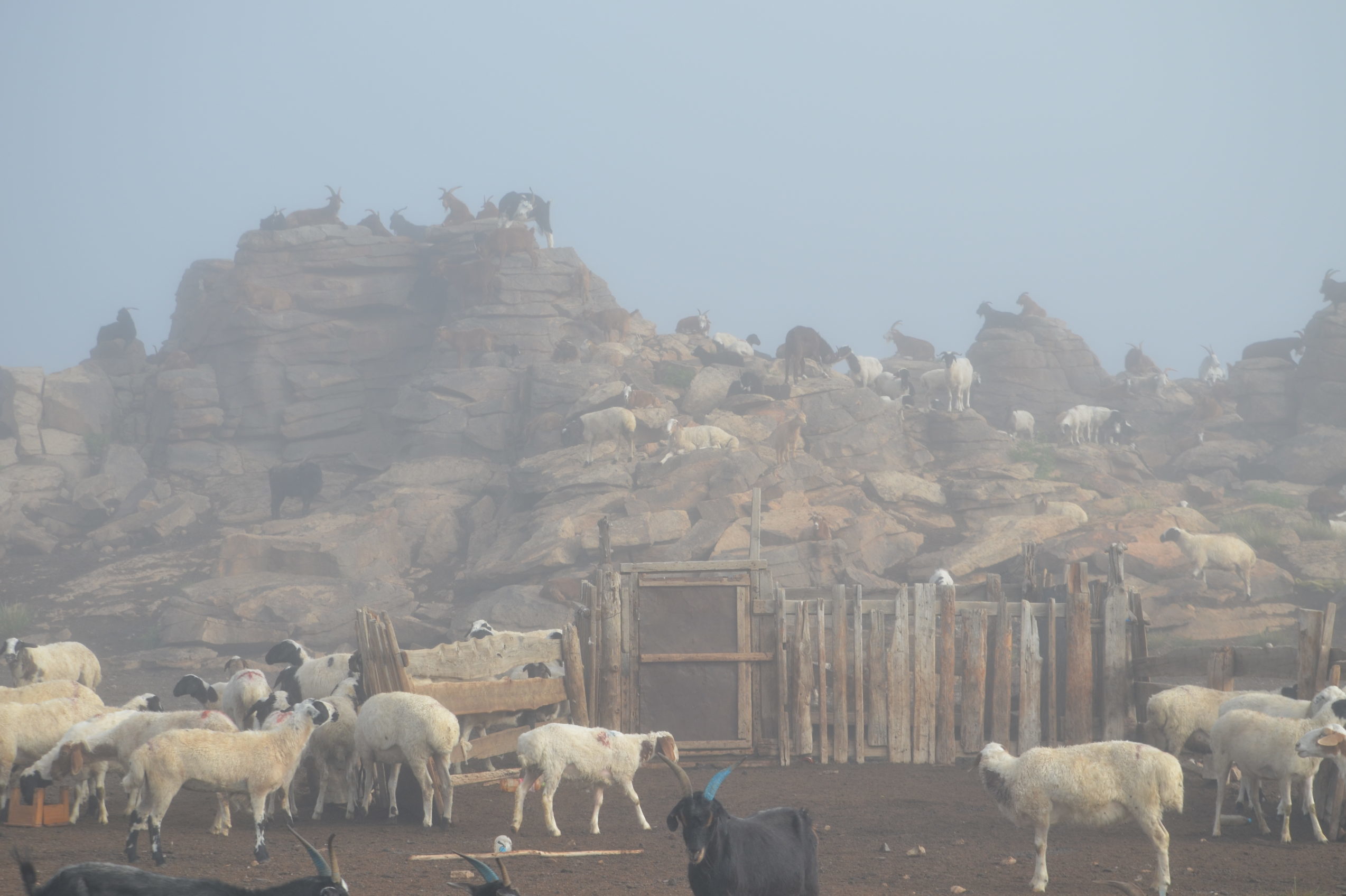
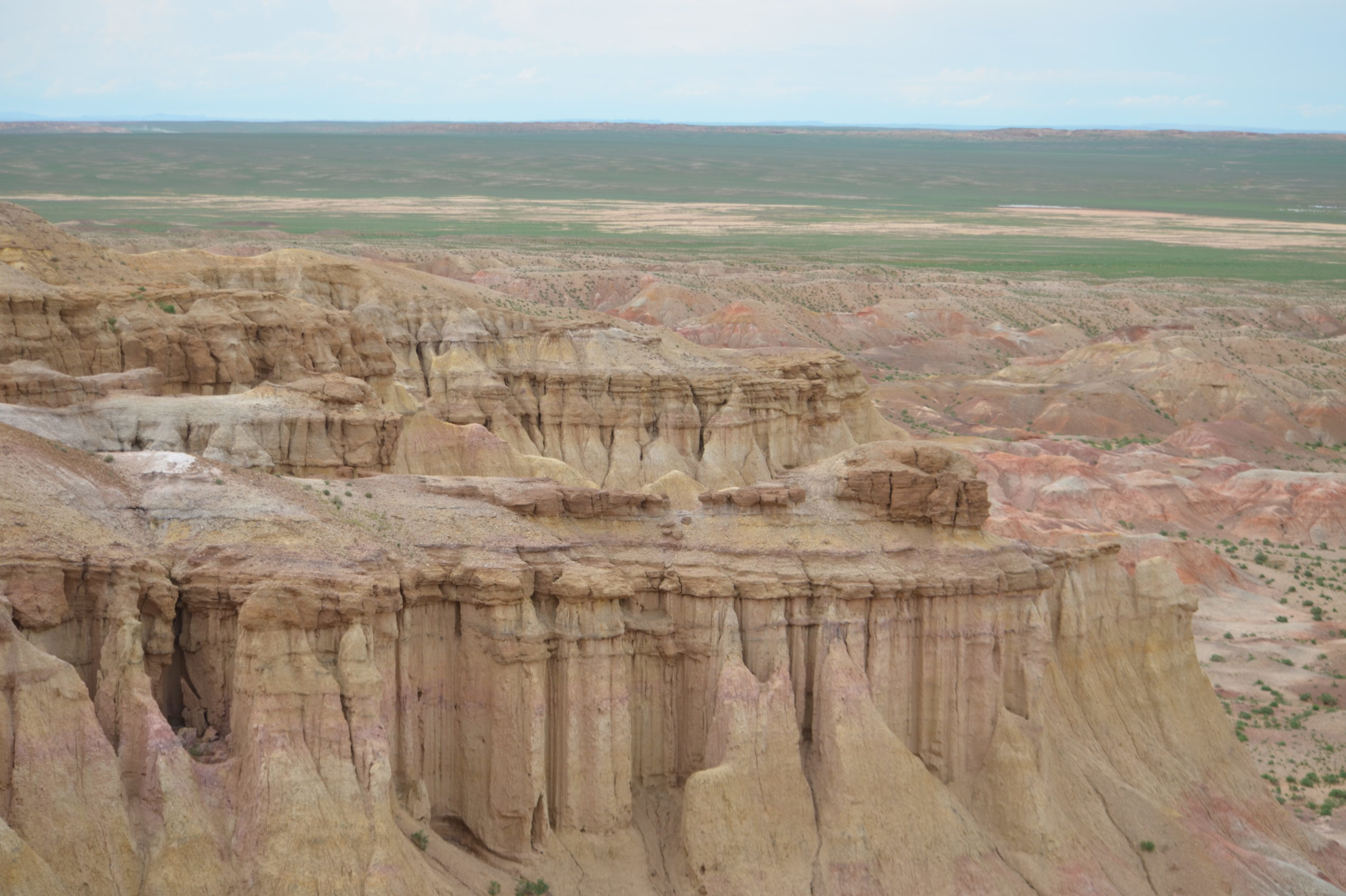
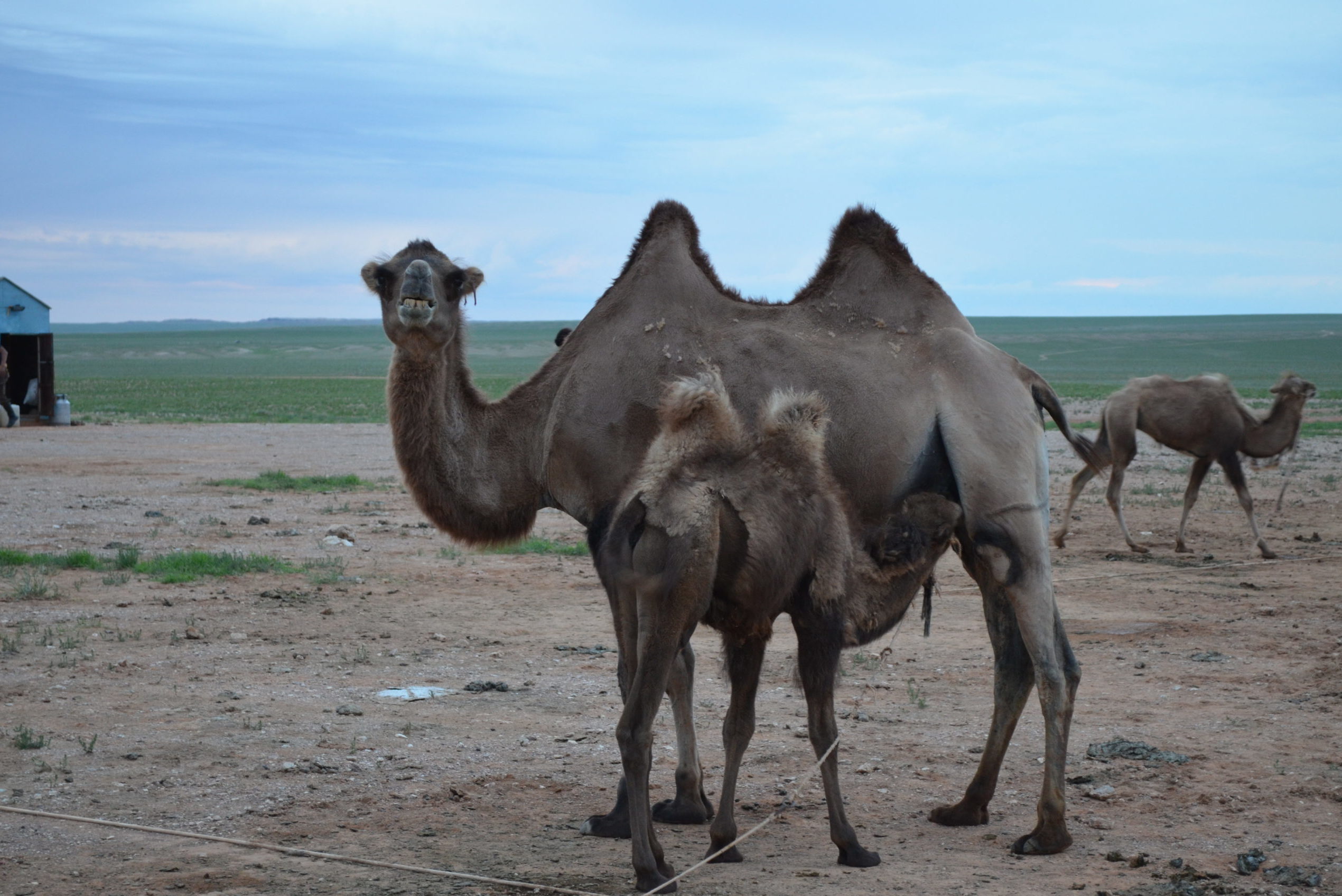
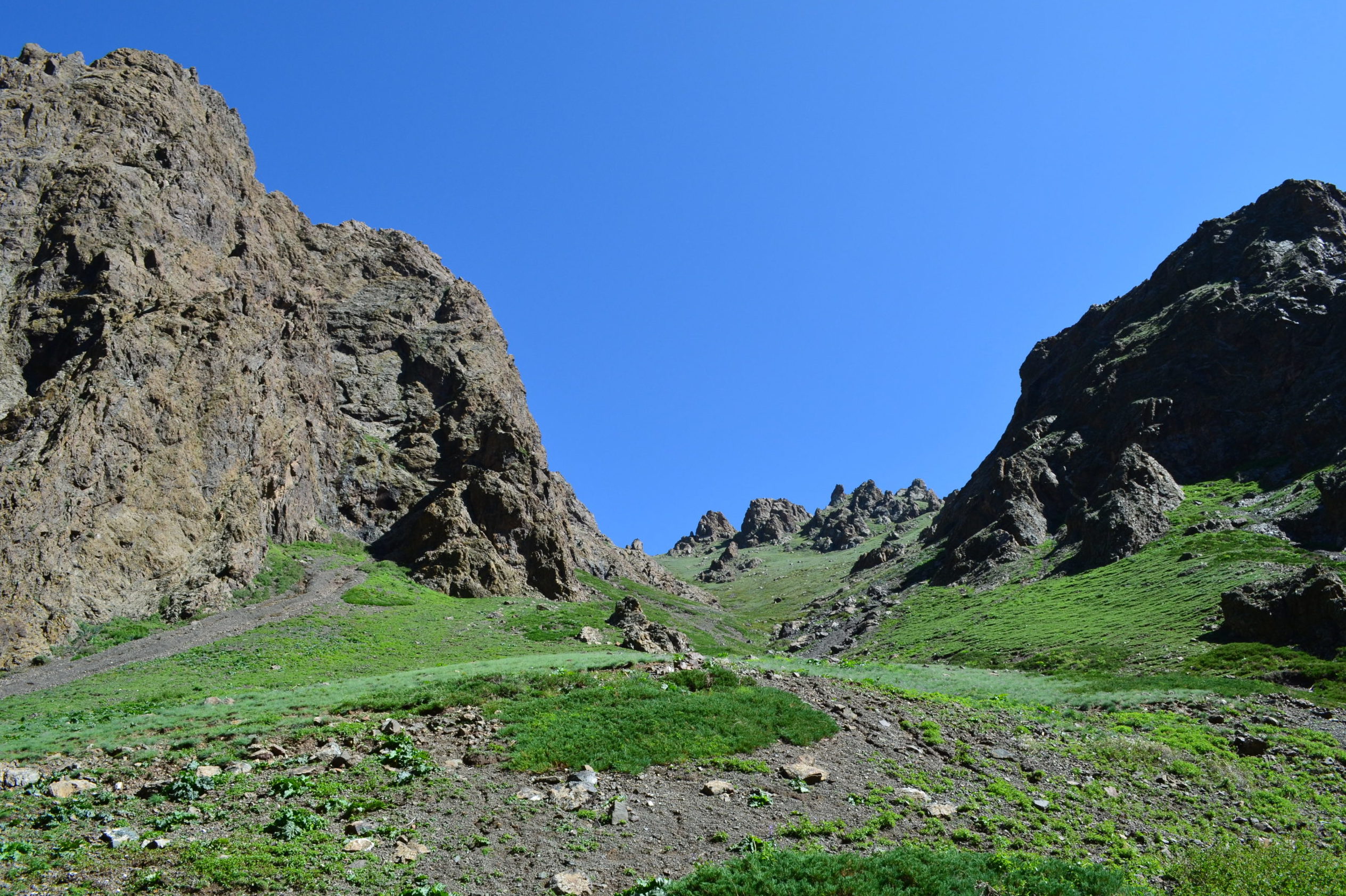
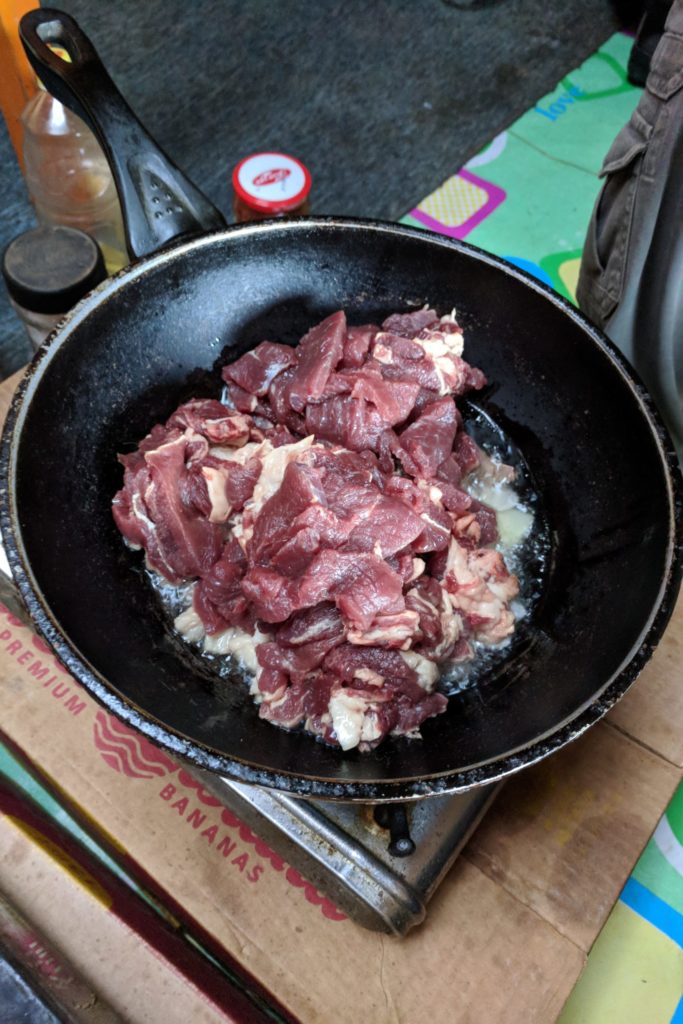
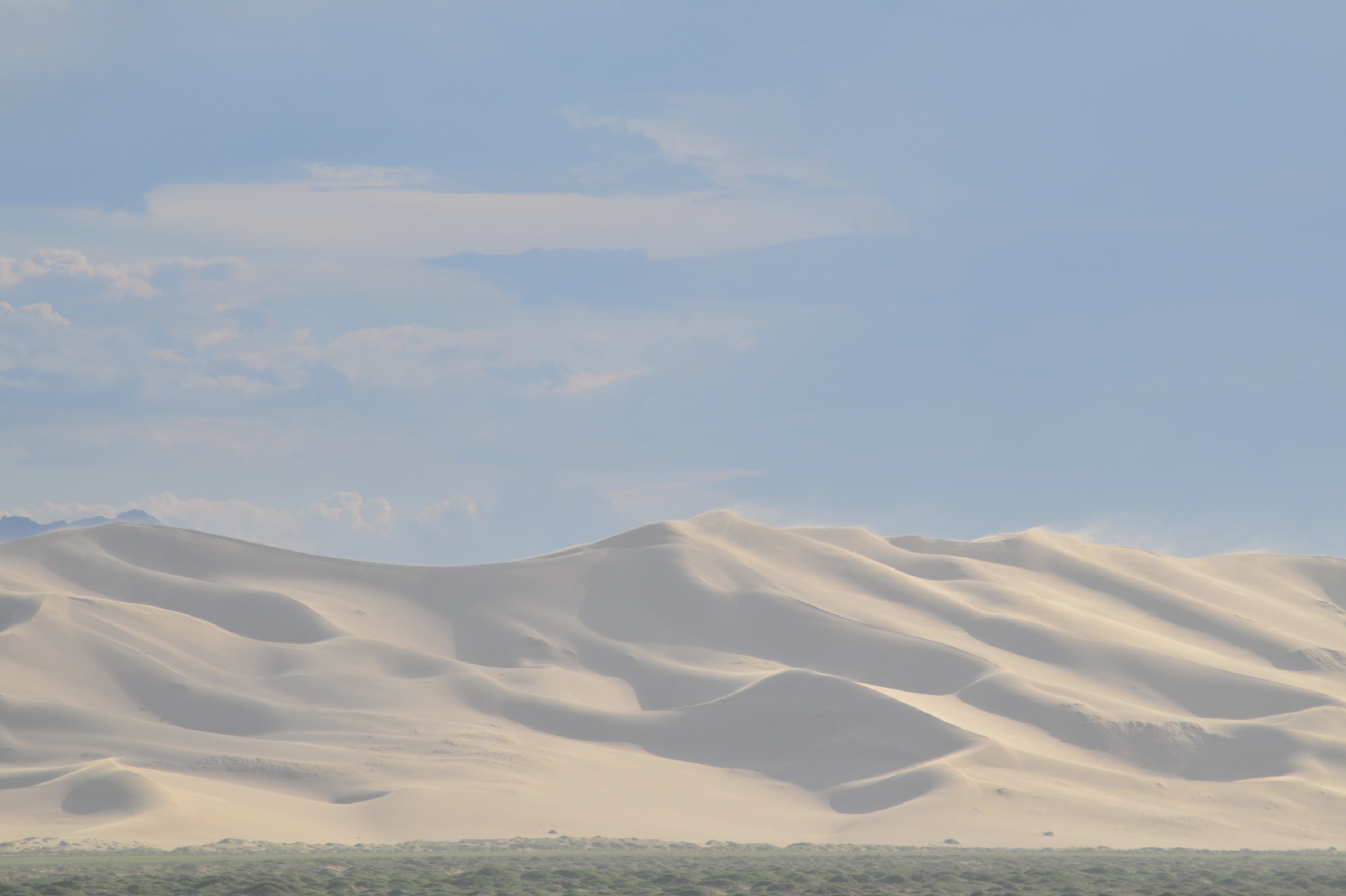
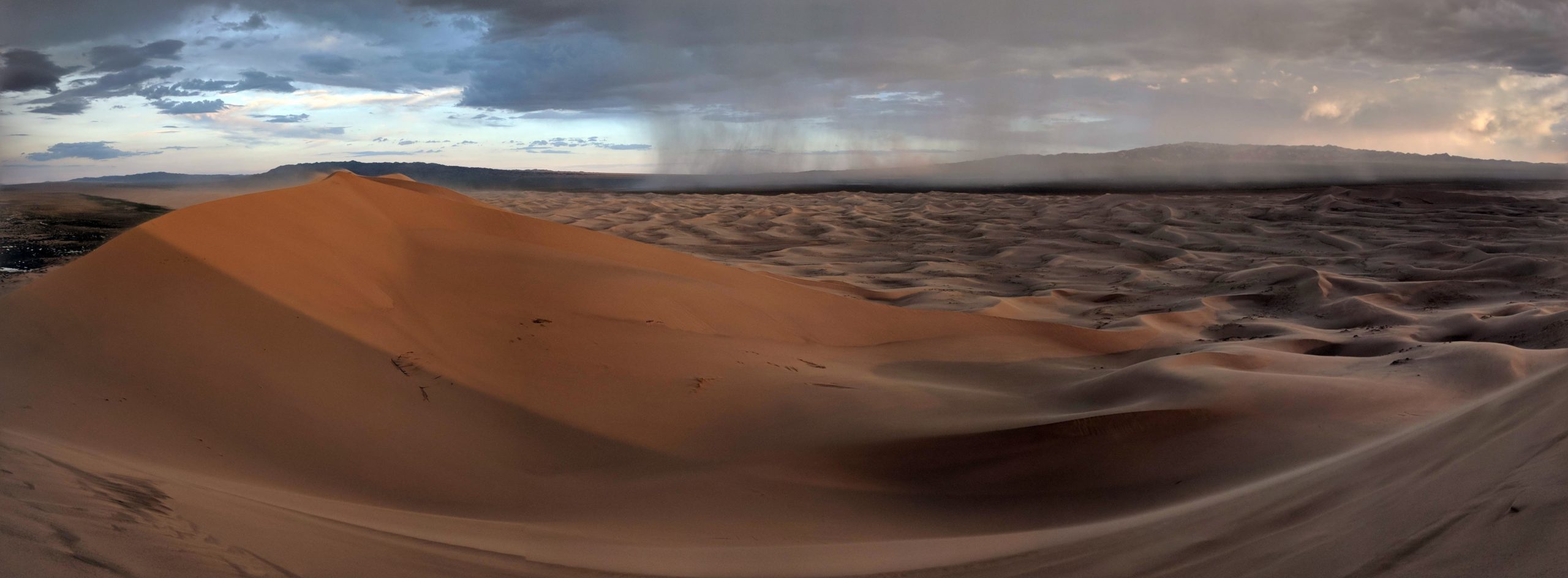
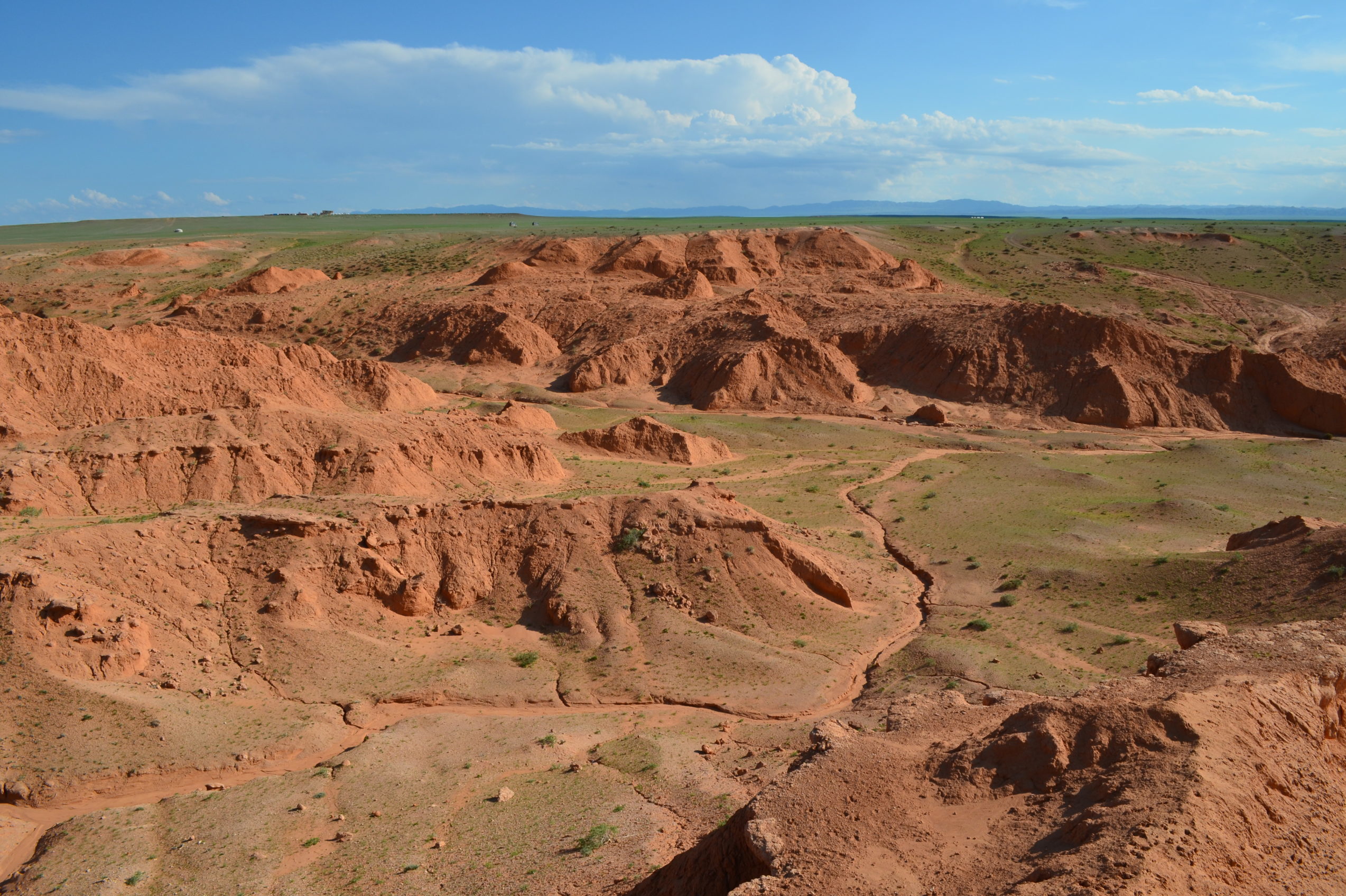
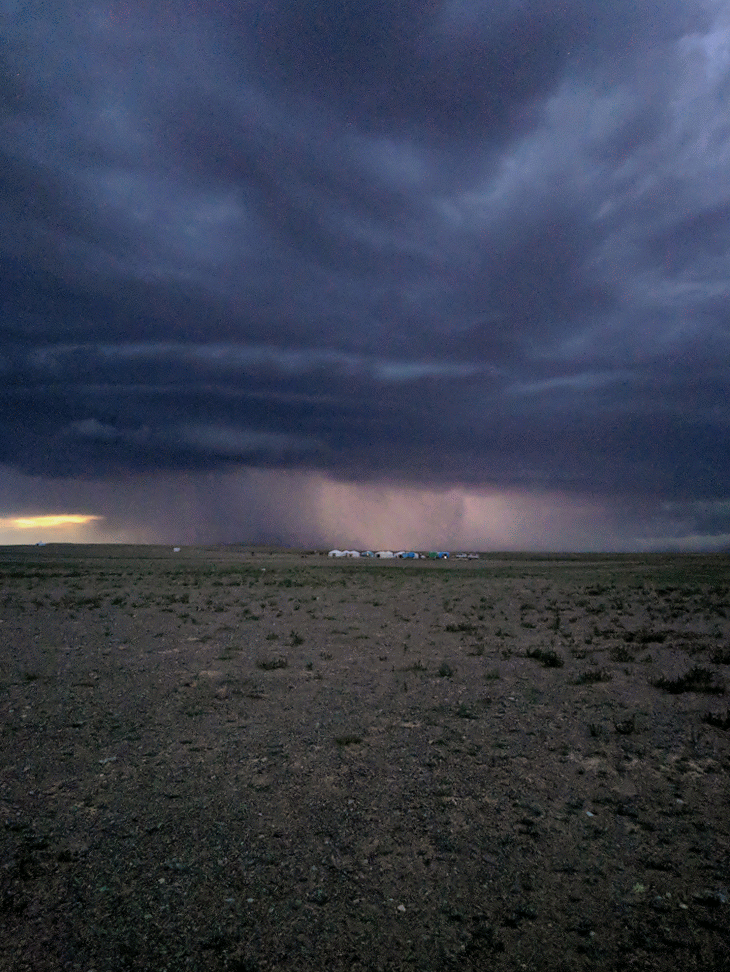

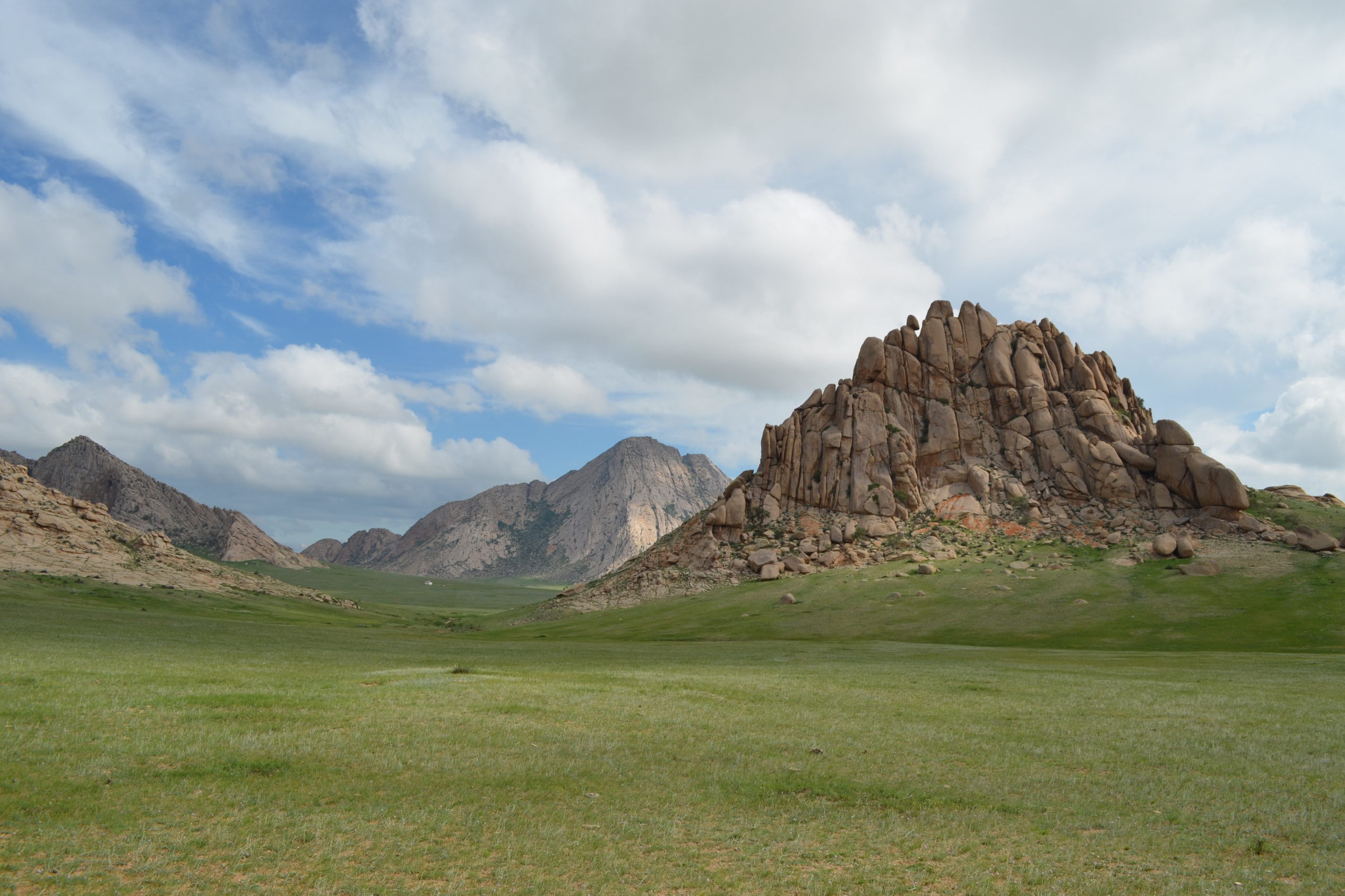
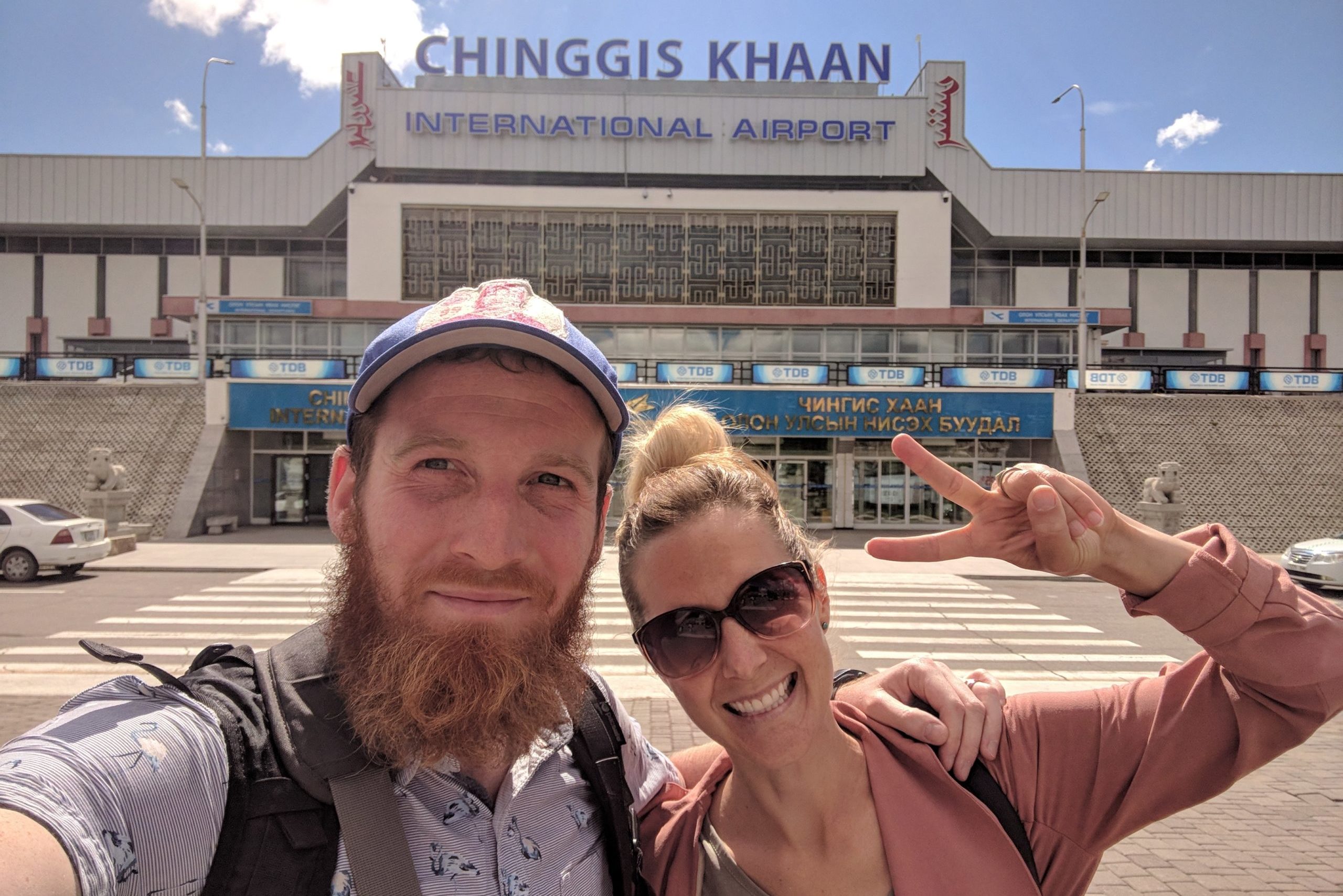













I really enjoyed reading about your experience, T.J. Thanks for sharing!
This is the best article I’ve read on Prince of Travel. Thank you, T.J. My husband and I completed the West Coast Trail, and also loved the calm-inducing quiet and lack of cell service/internet. Your article has inspired me to look into hiking options in Mongolia.
I found Ulaanbaatar to be home to one of the more imposing BW properties in recent memory. Had great panoramic views from their executive lounge.
What an awesome article… amazing stuff TJ.. best article on PoT for a while… and without a single meme.. who knew….?
How about some info TJ and how you selected your guide?
Great suggestion, Chris. I will add a few paragraphs about how we found our guide shortly.
Very enjoyable read. Would love to visit Mongolia someday.
You should do a separate article on Olkhon Island. That and Ulan-Ude were probably my two favourite stops in Siberia!
Thanks James! I often think back to my time on Olkhon and want to get back there as soon as possible. I’d love to hear about your experiences there and Ulan-Ude some day, too.
Very interesting read! There’s plenty of content on luxury hotel #542 in location X, but these off the beaten path stories are quite interesting, and more engaging than checking out a few hotel shots here and there.
Keep it up T.J!
Thanks very much, Alex! During the ongoing pandemic, it was really nice to revisit this trip as motivation for travel in the (hopefully) near future.